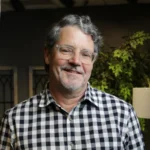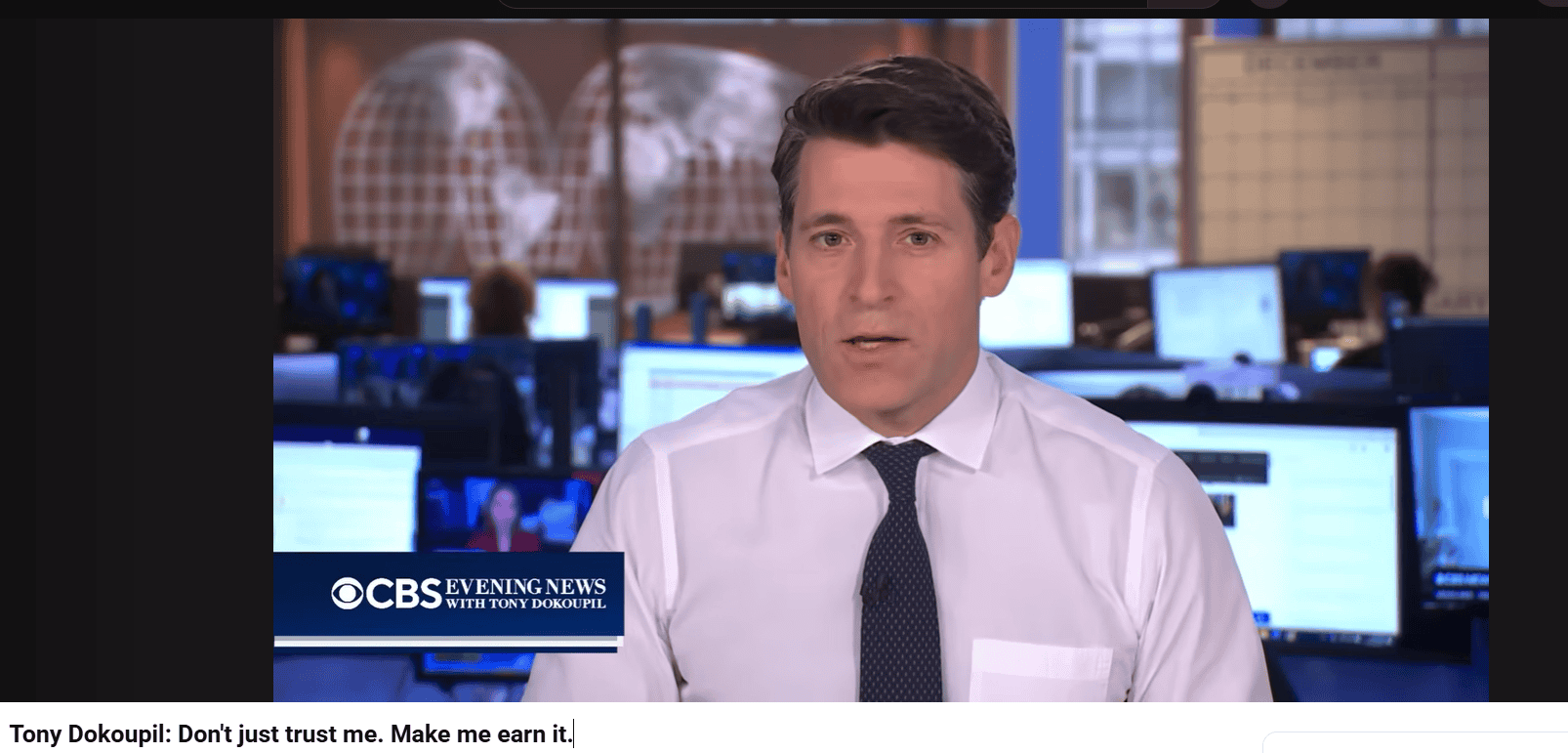What Pope Francis Could Learn from the Apostle John and Other Early Church Fathers

Fr. James Martin is a notorious supporter of LGBT activism within the Catholic Church. He did not waste a moment famously blessing a same-sex couple as soon as the Vatican released a ham-handed statement on the blessings of same-sex relationships.
Martin has regularly stood contrary to the Catechism of the Catholic Church and Scripture itself on the issue of homosexuality. This is why Archbishop Emeritus Charles Chaput finds “it necessary to emphasize that Father Martin does not speak with authority on behalf of the Church, and to caution the faithful about” many of his statements on this topic.
But this fact did not keep Pope Francis from greeting the problematic priest warmly and enthusiastically at the Vatican over the weekend. Martin wrote of his exceptional favor with and influence over the Pontiff on X,
A few days before, we had an open and honest conversation about gay priests in the church and some of his recent comments, not easy things to discuss. But at the end of this interchange, he went out of his way to thank me for our discussion. I think it says a great deal about his openness and his willingness to listen and learn.
Martin announced to the world that Francis went out of his way to great him with a gregarious welcome, seen here:
Dear friends: As I leave Rome tomorrow (traveling prayers welcome!), I wanted to share this very brief clip from the papal audience with comedians, which I think says so much about Pope Francis. Along with the rest of the guests, I was invited up to say hello to the Holy Father.… pic.twitter.com/gkM0EEKM7h
— James Martin, SJ (@JamesMartinSJ) June 16, 2024
Pope John Paul II knew how to deal with heretical priests.
In this famous picture, radical liberation theologian Ernesto Cardenal, who also served as culture minister for the Sandinistas, knelt to kiss JPII’s hand in 1983 as the pontiff arrived Managua, Nicaragua. Rather than receiving the gesture, John Paul pulled his hand back from the wayward priest, pointed his finger sternly at him and demanded that he get in line with his own clerical vows.
Francis should take a note. He could also learn from John, the Apostle of Jesus, who knew how to respond to heretics.
Irenaeus, Christianity’s first systematic theologian, writing thefirst major book of Christian apologetics, Against Heresies, tells the story in that book. Some years after Christ’s death and resurrection, John was in Ephesus entering a bathhouse. As John arrived, he perceived a man named Cerinthus, a notorious gnostic heretic, within. Irenaeus explains that Jesus’ beloved disciple rushed out of the bath immediately, exclaiming, “Let us fly, lest even the bathhouse fall down, because Cerinthus, the enemy of the truth, is within.”
Polycarp, John’s faithful disciple, once met Marcion, another infamous heretic of the day. Marcion asked young Polycarp upon meeting one day, “Do you know me?” John’s student replied curtly, “I do know you, the first-born of Satan.”
Irenaeus then explains, “Such was the horror which the apostles and their disciples had against holding even verbal communication with any corrupters of the truth.”
Pope Francis, a not-insignificant-pastor on the world stage, would do well to remember what a faithful shepherd does when wolves come into the fold to misguide and devour the sheep.
He certainly does not welcome them warmly like a long-lost friend. He rebukes them, correcting them sternly and publicly as an example to all others of what our beloved Savior, the Good Shepherd, taught.
ABOUT THE AUTHOR

Glenn is the director of Global Family Formation Studies at Focus on the Family and debates and lectures extensively on the issues of gender, sexuality, marriage and parenting at universities and churches around the world. His latest books are "The Myth of the Dying Church" and “Loving My (LGBT) Neighbor: Being Friends in Grace and Truth." He is also a senior contributor for The Federalist.
Related Posts

CBS News Admits They Lost the Plot. Can They Fix Themselves?
January 2, 2026

Meet Three Heroes Working to Protect Colorado Children
December 31, 2025

Nearly Half of Americans Read Zero Books in 2025
December 31, 2025

Top 10 Conservative and Pro-Family Victories in 2025
December 31, 2025
